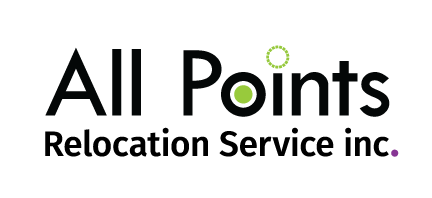You Shouldn’t. There’s a Better Document.
Many HR and Mobility teams rely on the Canada Revenue Agency’s Employer’s Guide to Taxable Benefits (T4130) as their reference when designing lump sum relocation payments.
It’s the obvious place to start — but it’s also where many programs stop. And that’s a mistake.
If you are managing lump sums for:
- Crown corporations
- Federal agencies
- Unionized environments
- Highly scrutinized public-sector moves
… the Employer’s Guide to Taxable Benefits simply isn’t enough. There is a better resource — one that has quietly become the standard for organizations that have to get relocation right under audit:
The RCMP’s Guide to Tax Treatment of Relocation Expenses.
What is it?
The RCMP — which manages some of the most complex, audited relocation programs in the country — worked closely with CRA and the National Joint Council to develop a much more detailed guide to relocation-related tax treatment.
This document goes far beyond the general guidance in T4130. It reflects:
✅ Years of interpretive rulings and CRA clarifications specific to relocation
✅ Detailed analysis of which allowances and reimbursements can be treated as non-taxable
✅ Real-world treatment of edge cases that are common in relocation but not addressed in T4130
✅ Consistency with the NJCRD (National Joint Council Relocation Directive) and federal mobility standards
Why does this matter for your lump sum program?
- You can leave real money on the table.
If your lump sum design is too conservative — because you’re relying only on T4130 — your relocating employees may be paying tax on items that could legitimately be delivered tax-free. - You can expose yourself to compliance risk.
If your design is too aggressive — based on local practice or invalidated assumptions — you risk CRA audit findings, employee grievances, and union disputes. - You lose credibility when challenged.
When employees, unions, or internal auditors ask “Why was this treated as taxable or non-taxable?”, referencing only T4130 is often not enough. The RCMP’s guide provides the kind of detailed interpretive backing that holds up under scrutiny.
The Crown-standard advantage
The RCMP’s guide is the de facto gold standard for relocation tax treatment in the federal environment.
- It is actively used in RCMP relocations
- It is referenced in many Crown corp programs (including some we’ve supported at All Points)
- It reflects actual CRA practice, not just theoretical interpretation
If your program is operating in this space — or even aligned with federal standards by choice — you should be referencing it.
Can private-sector programs benefit too?
Absolutely.
Many corporate programs now offer lump sums as part of flexible relocation support. Yet few have a defensible tax treatment framework behind them.
- Using RCMP’s guide can help you maximize net benefit to the employee
- It can help you explain and defend your design to internal audit or tax advisors
- It can reduce after-the-fact disputes about taxability — a frequent source of relocation dissatisfaction
Bottom line
If your lump sum relocation program is built solely around T4130, it’s time to step up.
There is a better document — one that can help you manage taxability, compliance, and employee trust with greater precision.
At All Points Relocation, we regularly advise public sector and Crown clients on how to leverage this resource — and how to align their lump sum programs with the best of Crown and corporate practice.
If you’d like to learn more, we’d be happy to share what we’ve seen — and how it could apply to your program. Just say the word.

